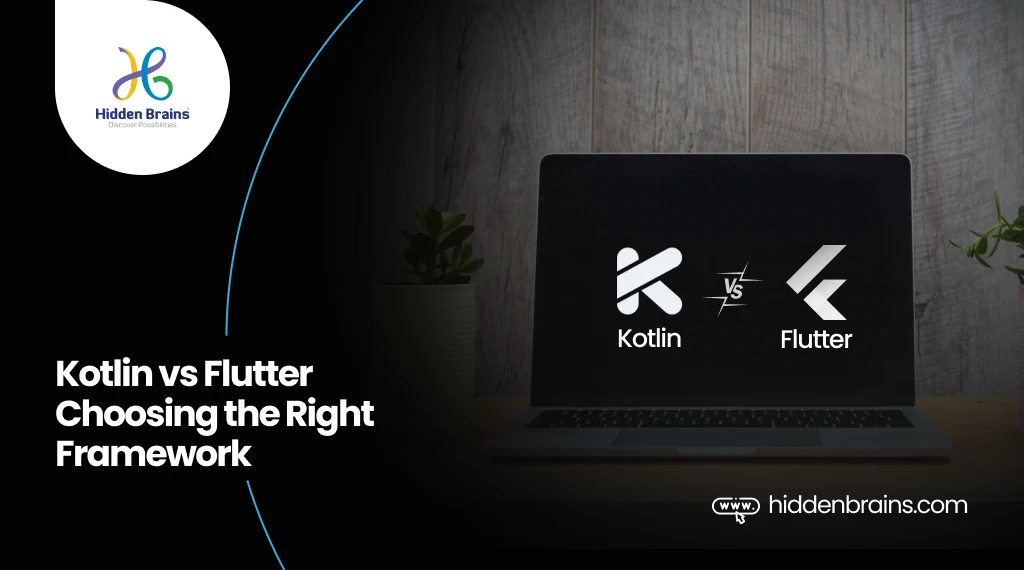
Google announced the first preview of its new mobile operating system release, Android O. This is a big leap for Android Application Development, requiring major update for developers and Android App Development Companies. However, unlike its predecessors Marshmallow and Nougat, Android O does not pack all the features that will be noticeable to average user.
One of the major differences between Android N and O preview version is that Google made immediate updates for Android N to anybody who was willing to give it a try. But with Android O, Google is not releasing the Beta version right away.
It is available to developers who own
- Nexus 5X
- Nexus 6P
- Nexus Player
- Pixel
- Pixel XL
- Pixel C device
This will require developers to manually download and flash their devices.
Android O: Timeline & Schedule
According to Google, “O Developer Preview runs from 21 March 2017 until the final Android O public release to AOSP and OEMs, planned for Q3 2017.” During all key development milestones, Google will provide updates regarding development and testing environment.
- Preview 1 (initial release, alpha)
- Preview 2 (incremental update, beta)
- Preview 3 (final APIs and official SDK, Play publishing)
- Preview 4 (near-final system images for final testing)
- Final release to AOSP and ecosystem
Here are Key Android O Features
Notifications
With Android O, you can create a user customizable channel for each and every type of notification you want to display. This new feature will provide developer the feature to send group notifications from apps into groups. Users will be able to manage those notifications based on those channels
Picture-in-Picture Mode
Android O brings Picture-in-picture functionality which is already available in Android TV over to phones and tablets. With this functionality, users will be able to watch YouTube video in a different window while reading their email. Android O is not just limited to PIP mode. It will also feature new app overlay window and multi-display support.
Multi-display Support
Now supporting multiple displays gets easier with Android O’s multi-display functionality. Users can move the activity from one display to another provided an activity supports multi-window mode and is running on a device with multiple displays.
New Wi-Fi features
Android O leverages the power of Wi-Fi to offer a host of new connectivity features. The updated OS will support features such as Neighborhood Aware Networking (NAN). NAN makes it easy for apps and devices to communicate with each other without an internet access point or in absence of internet connectivity. Google is collaborating with partners to bring about support for NAN to devices.
Color Management
In the highly fragmented world of Android, now developers can take complete advantage of devices with wide gamut color display. In order to display, wide gamut images, apps need to enable a flag in their manifest (per activity) and load bitmaps with an embedded wide color profile.
Keyboard Navigation
“With the advent of Android Apps on Chrome OS and other large form factors, we’re seeing a resurgence of keyboard navigation use within Android apps,” Google says in announcement.
This is essentially a feature for Android Apps on Chrome OS and will allow developers to provide strong support to arrow and tab navigation in apps.
Background limits
With each new operating system, the focus is on improving battery life. Android O puts limits on what an app can do in the background with focus on implicit broadcasts, background services and location updates. This might well turn out to be one of the path-breaking features in Android O for developers.
Conclusion
Android O provides support to a number of new Java Language APIs and the Android Runtime is now significantly faster, witnessing a 2x improvement. Most of these enhancements are subtle with an aim of improving overall functionality. As this is a developer preview launch, these features will likely see more improvements before the public launch.





















































